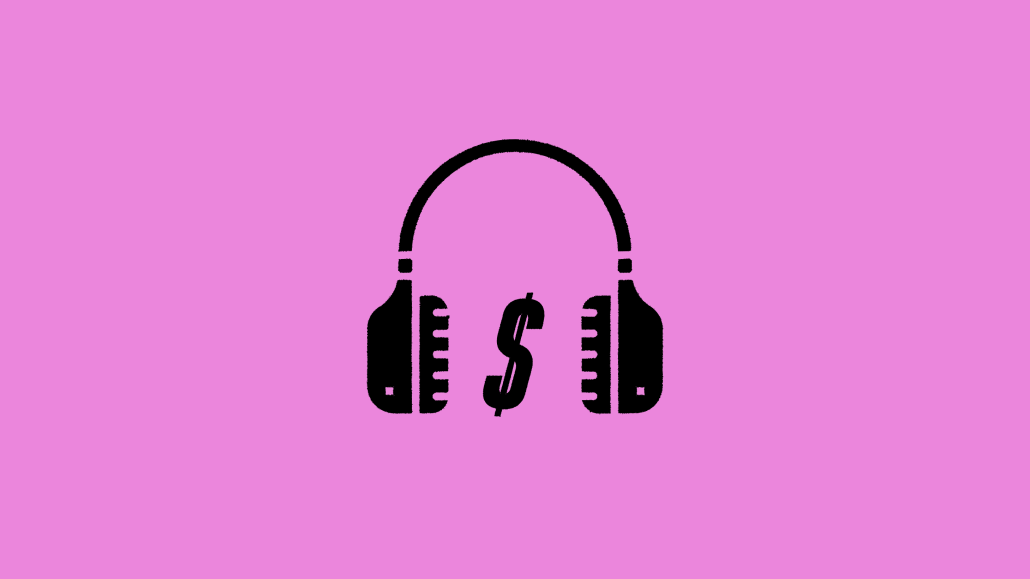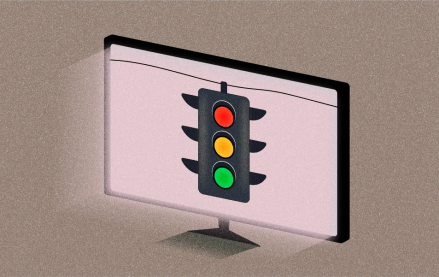‘Qualify the context’: Publishers see success with podcasts created to deepen coronavirus crisis coverage

Publishers found audiences flocking to coverage of the pandemic in 2020 and are now leaning into that story’s next chapter as vaccines roll out, creating coronavirus-focused podcasts to capture and monetize new audiences and dive deeper into the growing audio space.
Industry predictions suggest there’s a lot of opportunity: eMarketer forecasts U.S. podcast ad spending will surpass $1 billion this year. Another report, from consulting firm Altman Solon, finds global monthly podcast listeners are expected to grow 20% per year between 2020 and 2023, and reach nearly 2 billion by 2023.
Like other publishers, The Economist saw a surge in traffic to its coronavirus coverage. Traffic was 60% higher on average on content around this topic compared to all other online articles from the publisher in 2020, according to the company.
The interest spurred The Economist to expand its coverage of the pandemic into audio — the publisher launched a weekly podcast about the vaccine rollout, called “The Jab from Economist Radio,” on Feb. 15. The podcast secured regional sponsors including Cigna for APAC and Fujifilm for EMEA.
“COVID is the most consequential and urgent story of the day, so we want to surround it with journalism in all formats,” said The Economist president Bob Cohn.
The Economist has produced podcasts since 2006, but did not launch its first daily series and flagship show “The Intelligence” until 2019. The company has grown its portfolio of podcasts to six, which attracts 3 million unique listens and 25 million downloads monthly, Cohn said.
Podcast-based revenue at The Economist is up 50% year over year. “There is a growing podcast line in our advertising business,” Cohn said. “Our podcasts are free… and we believe that they contribute to overall awareness and top of the funnel and drive subscriptions to the main Economist at the same time.” He called podcasts a “growing sector” with “organic consumer interest,” leading the company to “put some editorial and product muscle behind it.”
Most publishers view podcasts as an avenue to expand their brand and reach different audiences, with the hope that those listeners will become paying customers to their membership programs. That’s in addition to the advertising growth many are seeing from the medium.
There was a “huge uptick” in coronavirus-related podcasts around the beginning of the pandemic, according to Dave Zohrob, co-founder and CEO of Chartable, a podcast analytics service. Along with newsletters, live blogs and interactive maps, publishers embraced podcasting with a new sense of urgency to chase an uptick in traffic brought in by coronavirus coverage.
When “Coronavirus Daily” launched in March, it was NPR’s fastest growing podcast to date, for example, according to the publisher.
Other publishers also saw success with podcasts last year. Bloomberg’s overall podcast revenue was up 33% in 2020 over 2019, according to the company. Its narrative podcast “Prognosis” previously covered the future of healthcare, but became a daily show focused on the pandemic in late March 2020. Though it reduced its production schedule to three times a week at the end of last year, unique listeners per episode are up 140% year over year since it pivoted to covering the coronavirus crisis, according to a company spokesperson who declined to provide exact podcast revenue figures.
In March 2020, The Atlantic launched a daily podcast about living through the pandemic, called “Social Distance.” It became a weekly podcast in August, but its audience continues to grow steadily and attracted advertisers like HBO. Podcast revenue has also increased, though the media company did not provide exact figures.
Overall, podcast downloads are up 10% since the beginning of the year compared to downloads before the 2020 holiday season, when listening usually dips, according to Zohrob. Bloomberg Media’s audio portfolio of about 20 digital and radio podcasts has seen a 60% year-over-year increase in monthly unique listeners, the company’s spokesperson said, without giving exact figures.
Though COVID-focused podcasts were “extremely popular at the start of the pandemic,” those shows dropped on Chartable’s rankings in May 2020, Zohrob said. While those podcasts continue to be popular, they do not have the same growth rates as when the pandemic started, and are “not attracting as many new listeners,” he added.
Some podcasts launched to cover the pandemic broadened their scope.
In June last year, for example, NPR’s “Coronavirus Daily” podcast rebranded into “Consider This,” to include covering the civil rights movement, the economic crisis and 2020 presidential election. And the Los Angeles Times launched a limited-run series, “Coronavirus in California: Stories from the Front Lines” in early April with 40 episodes. Coronavirus coverage will be incorporated into other new and returning podcasts, said Abbie Fentress Swanson, executive producer for podcasts and audio at the Los Angeles Times.
Commercially, buying ads around coronavirus coverage on podcasts might be tricky for brands.
“You don’t want to be around the subject matter of the death count, but maybe around preventative care,” said Albert Thompson, managing director of digital ad agency Walton Isaacson. “You have to qualify the context of COVID that you don’t want to be around and establish those parameters.”
Hilary Ross, vp of podcast media at Veritone One, said she isn’t seeing a large number of advertisers seeking out coronavirus-centric podcasts, though in the past they have placed some ads on a few. The topic is difficult to avoid in daily news podcasts, many of which have begun to cover the pandemic. Podcasts are “generally an ad-lite environment” while brands’ messaging “has a higher share of voice in this ecosystem compared to others,” Ross said.
A publisher like The Economist, as an example, has chased this by growing its audio team to now include 17 employees.
“I have 100% confidence that we will continue to find opportunities to expand our podcasts,” Cohn said. “It is an area that we think is of growing interest to our audiences and is of growing value to the business at the same time.”
More in Media

What publishers are wishing for this holiday season: End AI scraping and determine AI-powered audience value
Publishers want a fair, structured, regulated AI environment and they also want to define what the next decade of audience metrics looks like.

Media giant Essence launches a marketplace for Black women-led brands
Essence has launched WeLoveUs.shop, a new online marketplace dedicated to Black women-led brands.

In Graphic Detail: The state of AI referral traffic in 2025
The stats reveal a new audience pipeline forming outside of traditional search and social platforms.








